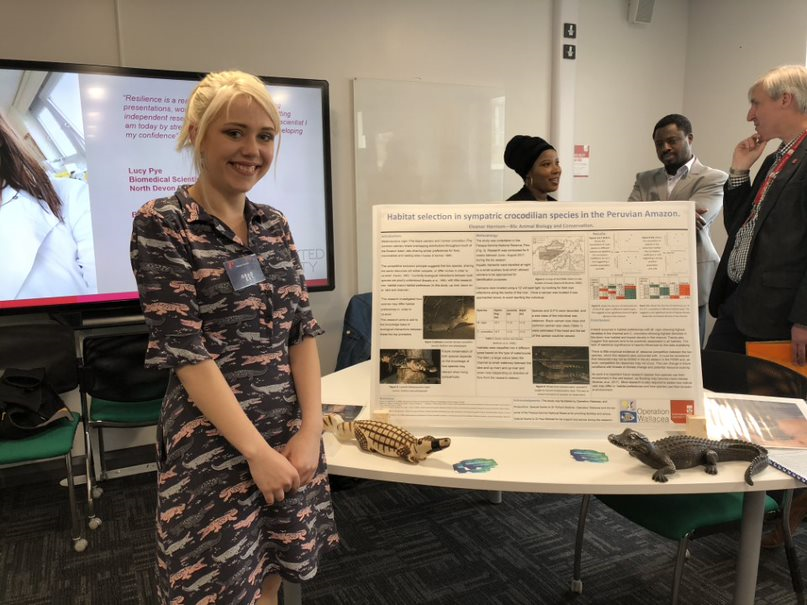Decisions to be made people! We could take a cramped flight from the UK to Peru, zero health benefits, roughly £2000 each and 18 hours long. Or, we could collectively walk there by taking part in The Big Bang Global Step Challenge, enjoying the mental and physical huge array of benefits associated with being active.
The results are in… great choice! All of you taking part have seen us make it to one of our furthest destinations today. Peru, roughly 11,000,000 steps away. This is the birthplace of civilization in the Americas with the Norte Chico tribe living in large-scale settlements from 3100 BC to 1800 BC, long before the birth of western civilization.
Peru houses a section of the Amazon rainforest which provides 20% of the planet’s oxygen and contains an incredibly dense ecosystem, it can even take rainwater 10 minutes to fall from the canopy to the ground. The range of plants and animals found along the Amazon and in Peru is extensive. The diversity of life makes this an ideal place to study biology and experience life in its many forms, it is often studied in terms of conservation as seen with one of our students. Through Staffs Uni and our connections with Operation Wallacea, Eleanor Harrison (pictured below), a level 6 student studying BSc Animal Biology and Conservation was able to visit Peru for their placement. Eleanor studied habitat selection in sympatric crocodilian species in the Peruvian Amazon and also worked in Pacaya-samina national reserve.

The main focus of Eleanor’s work was with Melanosuchus niger (the black caiman) and Caiman crocodilus (the common caiman), comparing their habitats and looking at resource competition. This placement opened up job opportunities and provided Eleanor with many useful contacts from around the world, gave hands on experience in her field of interest and an incredible placement experience.
Let’s continue our adventure, now we are finished with sight-seeing in the Amazon rainforest, we cannot visit Peru without stopping to see the magical 15th-century Inca citadel of Machu Picchu. Situated 2,430 metres (7,970 ft) above sea level, there is actually over a hundred flights of stairs, or 3000 steps to climb to reach the top. This shows just what can be achieved without machinery and using steps to get to where you want to go!
We have one last stop to make on our Journey, we’re hoping the stairs of Machu Picchu have not gotten the better of you, we need to keep active and reach our final destination, stay tuned!
Blog written by Staffordshire University placement students: Adam Olivier Level 5 BSc (Hons) Biomedical Science; Kaliya Rostron Level 5 BSc (Hons) Biomedical Science; Steven Lloyd-Jones Level 5 BSc (Hons) Biology

